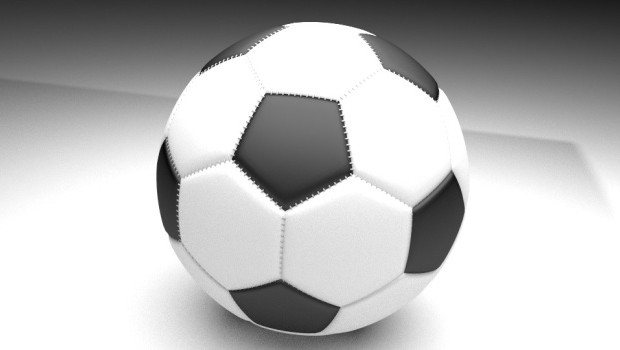Soccer is wildly popular with girls and boys alike. It often is the first introduction to competitive sports, teaching the participants the essence of the team mentality. Over a billion spectators watch the World Cup championship in person and on television. As with most sports there are physical risks of harm. What is particularly unknown but definite is the risk of soccer brain injury. Here are four preventative measures that can be taken to prevent head trauma in soccer players.
4. Highly Trained Coaching Staff
One important change that the coaching staffs on every team should make is teaching kids to head the ball. Despite much resistance will meet this, seeing as how this is a major part of the game, it makes common sense. Teaching proper technique and awareness of players around you can prevent some of the head to head contact and balls striking the head. Head coaches should undergo a rigorous accreditation process. They should in turn be required to teach and test what they know to the assistant coaches to make sure everyone is on the same page.

3. Ball Size Makes A Difference
Rather than playing with large balls, using smaller balls can make a huge difference in minimizing head trauma risk. Another recommendation floating around (no pun intended) is to only use plastic coated balls. Proper inflation is also a must when it comes to soccer balls, as is water resistance. Once the water resistance is lost, and then the ball needs to be replaced. It is essential that coaches take the appropriate amount of time with each player individually to make sure they know the proper heading technique and how to make eye contact with the ball both before and after the contract is made.
2. Checking The Condition Of Goal Posts
The Consumer Protection Safety Commission, a federal government agency, conducted research over a 16-year timeframe. They discovered that there had been 21 deaths and 120 injuries over that time involving goal posts falling on players. They came up with various recommendations. All goalposts should have significant padding on them and should be secured anchored to the ground. Portable goal posts should be comprised of lightweight material. Naturally these head injuries are characterized as head trauma. No matter how much the team depends on any soccer player, once they have received a head injury, they must not be allowed to go back into the game. Taking it for the team is not acceptable. This is mainly because when players first get concussions they can seem to be fine. Upon adequate observation, however, it can be discovered, they have loss of memory or other indications of head trauma. The game is not more important than ensuring a player’s safety, in the short and long-term.
1. Changes In How Soccer Is Played
One significant rule change in the game of soccer can make a huge difference in preventing head trauma. Heading, which occurs when a player literally hits the ball with their head, should be stopped. Researchers have indicated this as a major problem. It has been suggested that the rules for young children in elementary school be modified significantly from that of middle and high school children. The size of the balls should be reduced also to be much smaller. Enforcement of the use of shin guards should also be considered. One major change should be the use of helmets for the sport. It might take getting used to, but it would be worth it to reduce or eliminate head trauma from being hit by balls, heading, experiencing head contact with other players, and being hit on the head with goal posts.
Soccer is a fun game to play and watch. Children and adolescents can learn many pre-requisite team sport skills before moving on to play other sports. It is imperative for parents to make sure changes are made to the sport of soccer to reduce all injuries, particularly head trauma. That way more people can truly enjoy the sport, rather than spending time banged up because of participating in it.